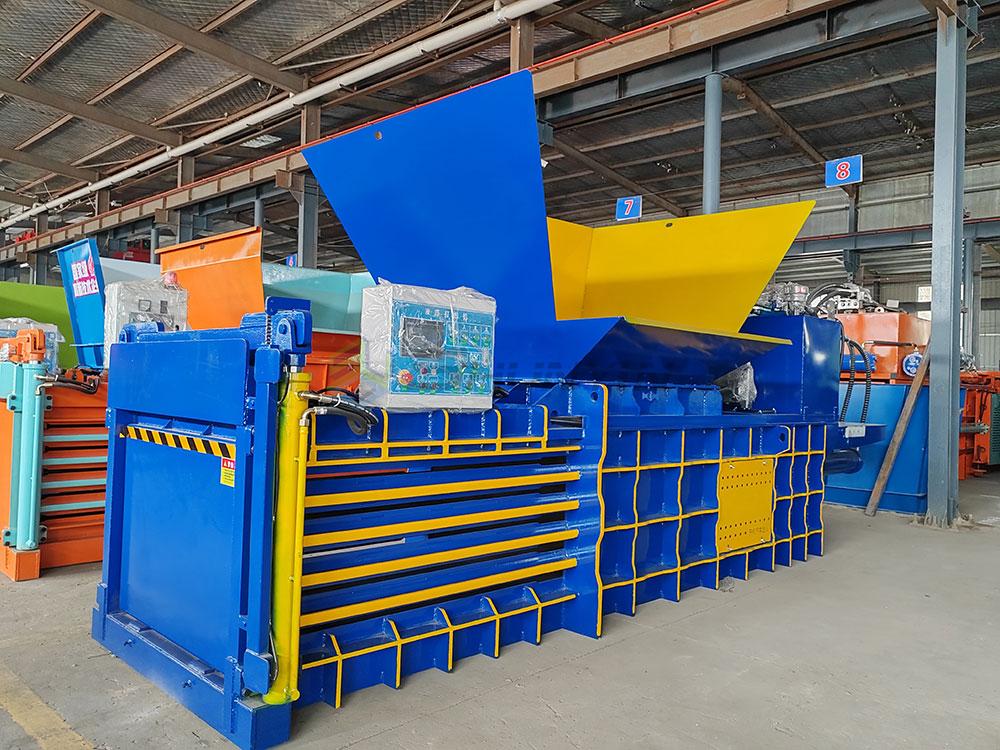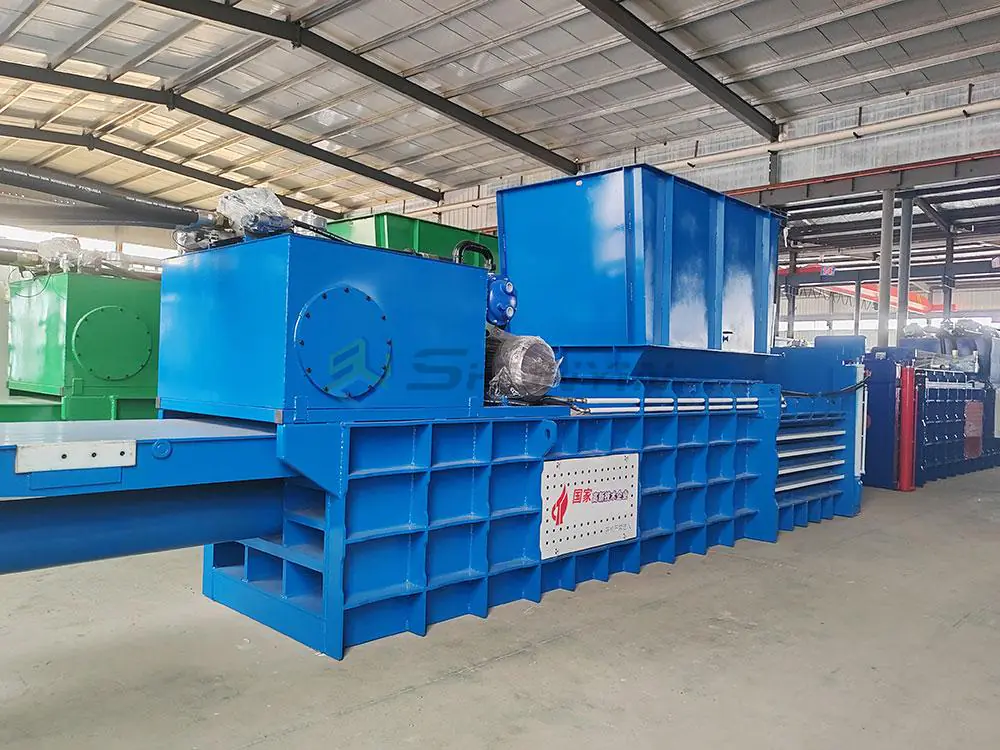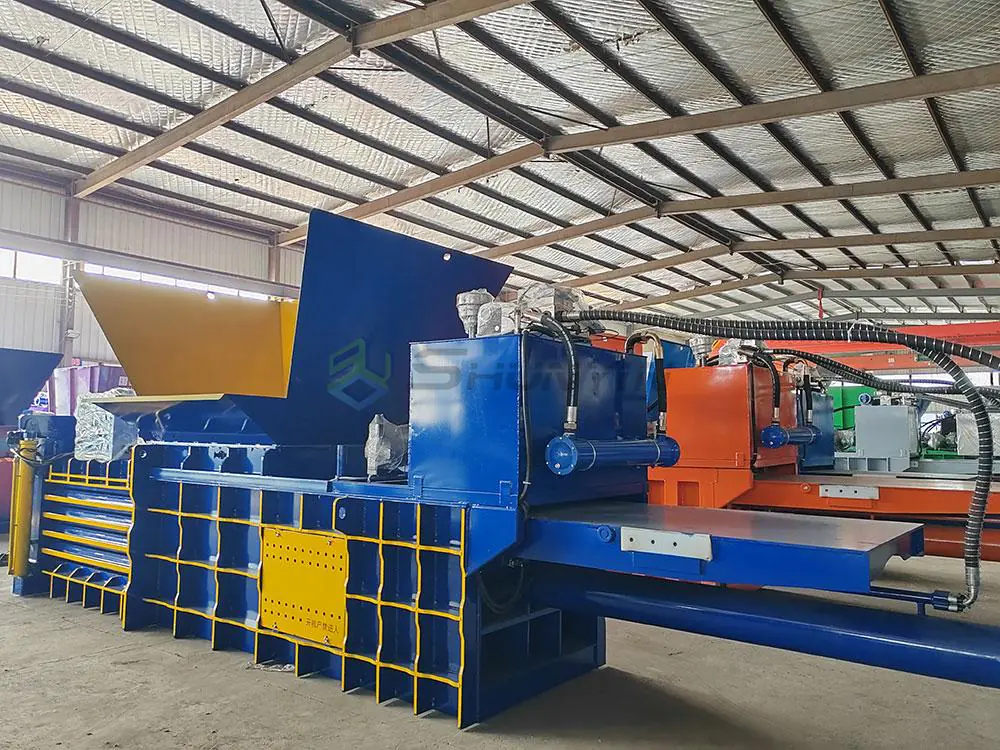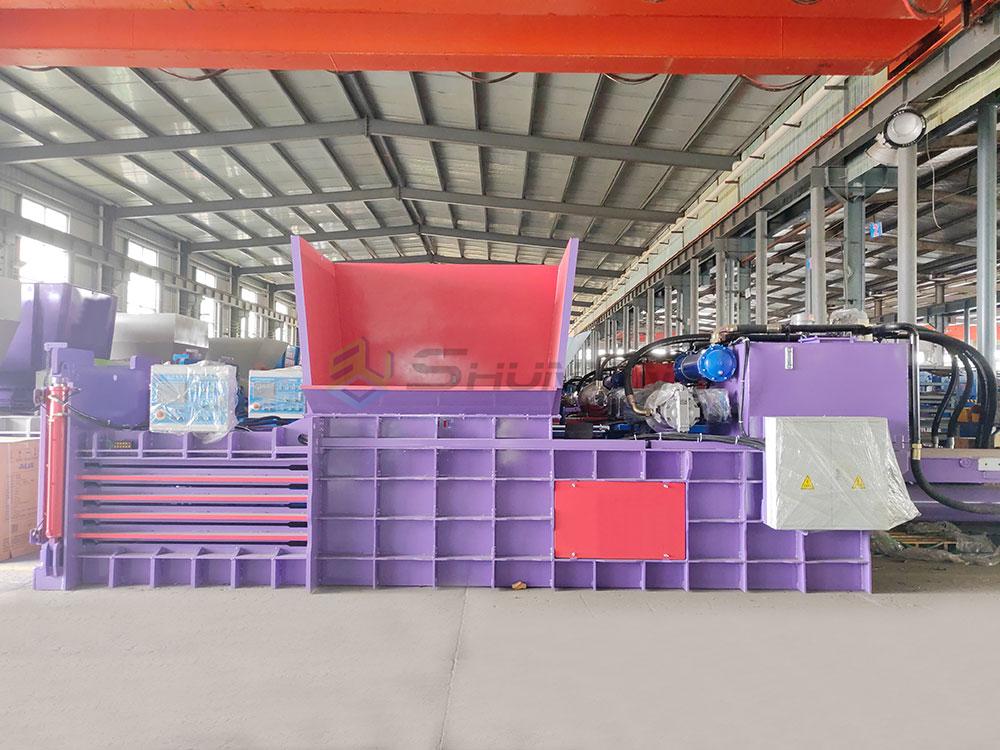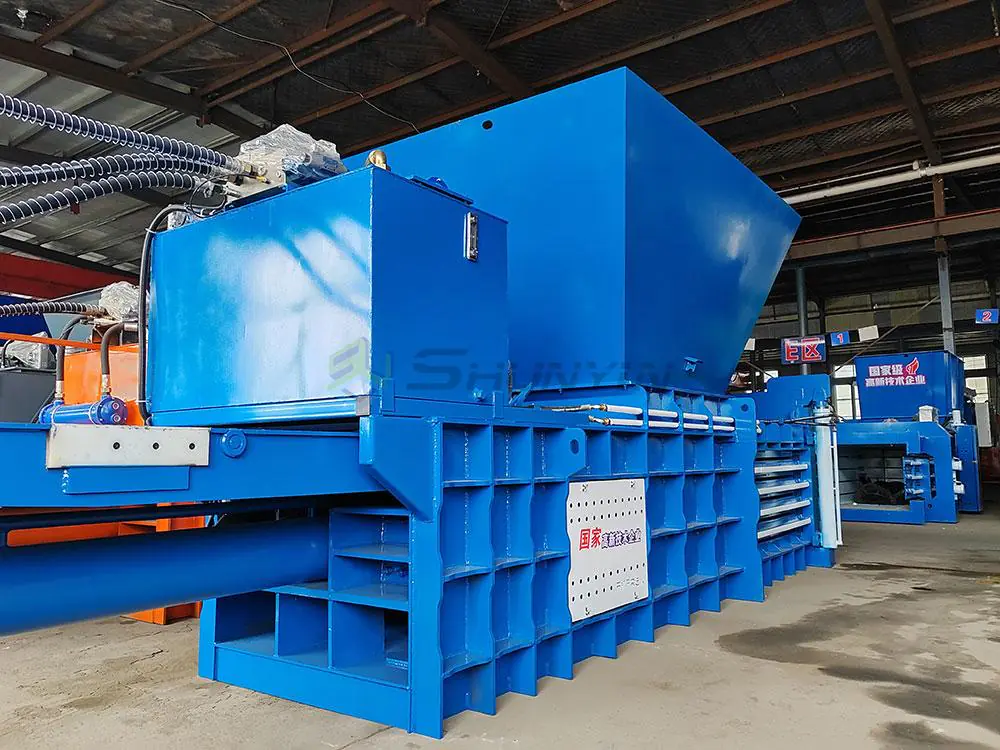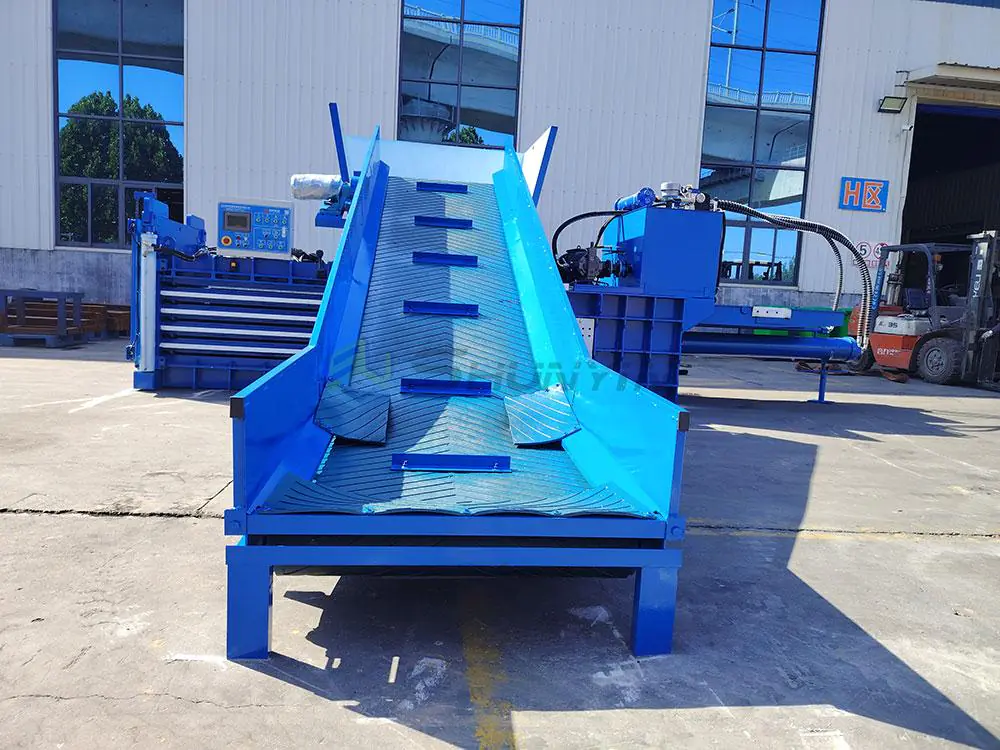Struggling to manage cardboard waste piles? As recycling demands grow, I’ve seen businesses waste money on mismatched machines. The right choice slashes labor and transport costs long-term.
The best horizontal baler balances your operational model (centralized vs distributed), labor expenses, and future growth—not just max output. Avoid premature upgrades by analyzing 3-5 year capacity needs today.
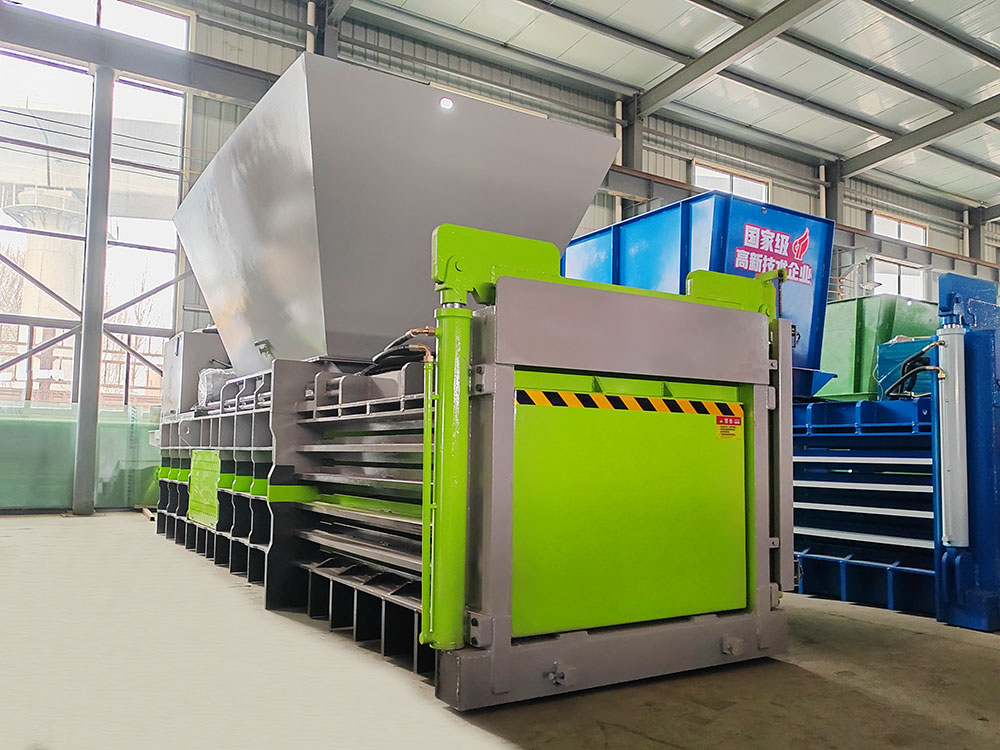
Choosing incorrectly risks workflow chaos. After helping 127+ clients worldwide, I’ll share key insights hidden beyond basic specs.
What Cardboard and Paper Can a Horizontal Baler Compress?
Confused why machines jam on "simple" paper waste? A packaging plant client nearly shut down when labels clogged their baler—we redesigned their feed system overnight.
Horizontal balers compress all paper types: corrugated cardboard, newspapers, magazines, kraft paper, and mixed papers with tapes/labels. Avoid wet cardboard or plastic-contaminated loads to prevent hydraulic corrosion and blade damage.
True performance shows in messy real-world conditions, not lab tests. Here’s how to gauge durability.
Material Compatibility Deep Dive
Unpredictable waste streams demand robust engineering. Focus on three resilience factors:
- Blade Material Science: Coatings matter—chrome-plated shear blades outperform carbon steel when cutting tape-laden cardboard. One client reduced blade replacements by 60% after switching.
- Moisture Tolerance: Wet cardboard swells pressure inside chambers. Spec hydraulic systems with overload relief valves protecting cylinders from micro-cracks (like we do in ShunYin models).
- Contamination Safeguards: Install dual metal/polymer detectors. I recommend photoelectric sensors alerting operators before non-paper items reach ram zones.
| Paper Type | Ideal Pressure | Risk Factors |
|---|---|---|
| Corrugated cardboard | Medium-High (50-80 Bar) | Tape buildup limits compression |
| Glossy magazines | Low-Medium (30-50 Bar) | Ink coatings cause ram slippage |
| Kraft paper | High (70-90 Bar) | Dry fibers create dust explosions |
Test-drive with your waste mix—we provide pilot machine leasing. WhatsApp photos of your materials; I’ll suggest configurations.
How Efficient Is a Horizontal Baler Compared to a Vertical Baler?
Why did a Midwest warehouse save $13K/month after switching? Their old vertical baler needed four workers daily—ours runs unmanned overnight.
Horizontal balers operate 3-5x faster than vertical models, with 80% labor reduction through automation. They enable denser bales saving 25-40% transport costs—crucial for large recyclers and logistics hubs.
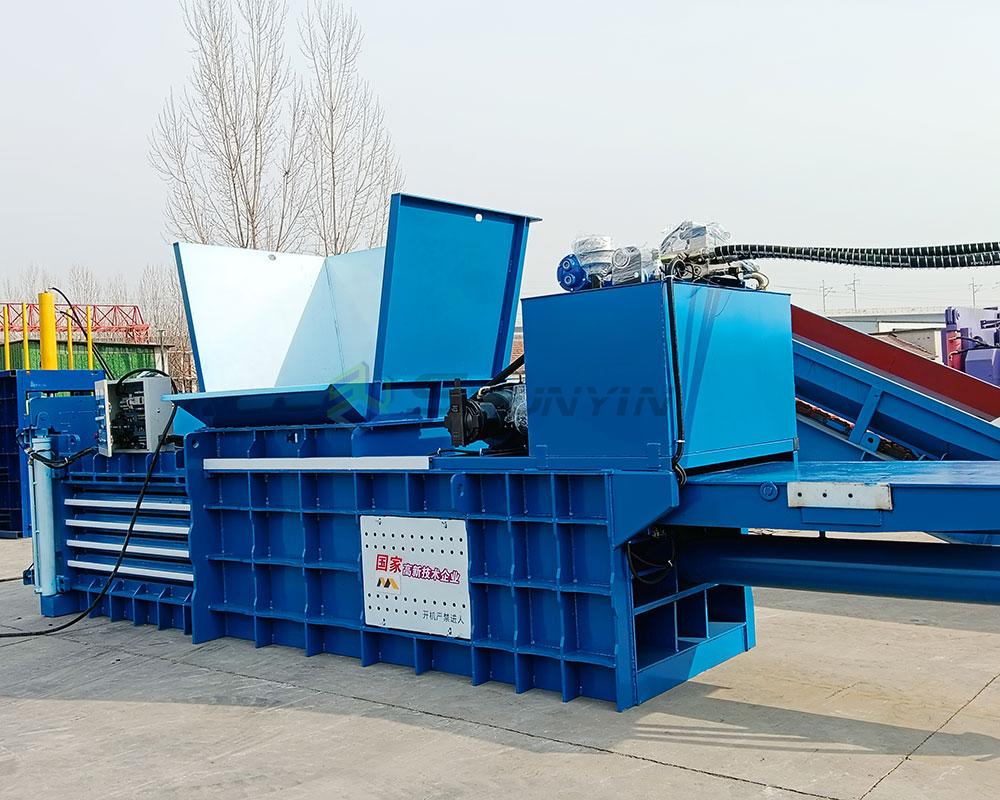
Efficiency isn’t just bales-per-hour. Consider these hidden profit boosters:
Total Operational Savings Breakdown
- Labor Cost Analysis: Vertical models require constant manual feeding/tieing. Our auto-tie systems free staff for revenue tasks. Calculate:
Hourly Wage × Operators × Daily Hours × 260 Days - Transportation Math: Horizontal balers create 600-800kg bales vs 200kg vertical bales. Fewer truckloads mean 35% lower freight expenses:
Weekly Trips × Fuel Cost × 50 Weeks
See our density comparison reports. - Longevity ROI: Vertical baler cyclones wear out after 15,000 cycles. Horizontal builds tolerate 100,000+ cycles. Ask for fatigue test data on frame welding points.
I engineered balers for Nissan’s Mexico plant—their throughput doubled post-switch. For tailored efficiency forecasts, message me via WhatsApp.
What Safety Standards Should a Horizontal Baler Meet?
Forgot safety once? A Texas recycler paid $250K OSHA fines after a jammed emergency shutoff. Preventable.
Legit horizontal balers must hold CE, ISO certifications and include two-hand controls, photoelectric guards, and pressure relief valves. These prevent limb entrapment, oil leakage injuries, and electrical fires during 24/7 operations.
Compliance affects everything from insurance premiums to legal liability.
Safety Verification Protocol
- Life-Cycle Testing Evidence:
- Demand vibration/shock reports from factory tests
- Validated emergency stop reaction times (<0.5 sec)
- Component Traceability:
- Hydraulic seals with batch numbers
- Electrical panels showing UL/CE marks (no generic Chinese parts)
- Operator Protections:
- Light curtains detecting human proximity
- Lockout mechanisms during maintenance
At ShunYin, we video-test every safety circuit pre-shipment—request samples.
Ignoring EU Machinery Directive 2006/42/EC risks customs destruction. Our free safety audit covers regional regulations. Let’s consult.
Where to Buy a Horizontal Baler With CE Certification?
Fake CE certificates flooded Europe last year—17 buyers lost entire shipments. Don’t gamble.
Only purchase from original manufacturers with verifiable CE/ISO records like ShunYin Machinery. Confirm via official databases—not PDFs. Guarantee after-sales support lasting years, not months.
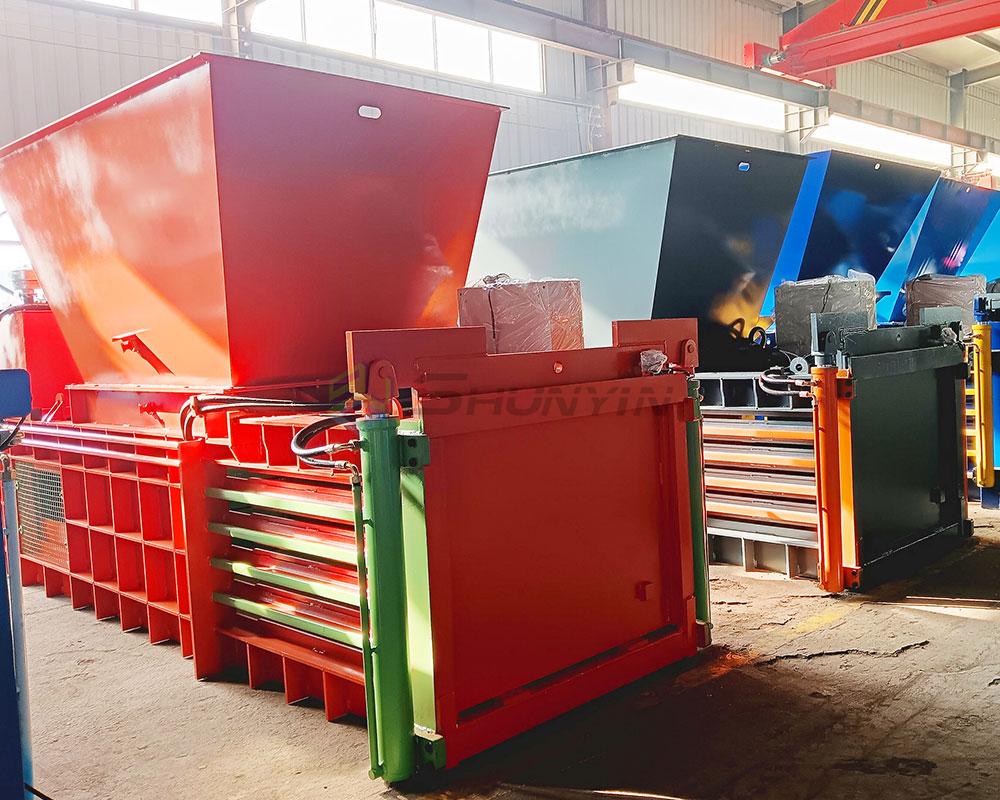
Trust comes from proof, not promises.
Supplier Vetting Checklist
| Check | Reliable Supplier | Risky Trader |
|---|---|---|
| Factory Proof | Workshop videos showing assembly lines | Only Alibaba store photos |
| Certification | QR-linked digital certificates | Blurred scanned copies |
| After-Sales | 2-year pump/motor warranties | "Contact seller" disclaimers |
Verify certifications realtime on ec.europa.eu/growth/tools-databases/nando. I share live factory tours daily via WhatsApp—see CE testing machines in our Guangzhou lab. Avoid delays; partner with producers directly.
Conclusion
Choose horizontal balers that match your materials, boost efficiency, pass strict safety checks, and come from certified makers like ShunYin. Start optimizing today: WhatsApp us direct.


